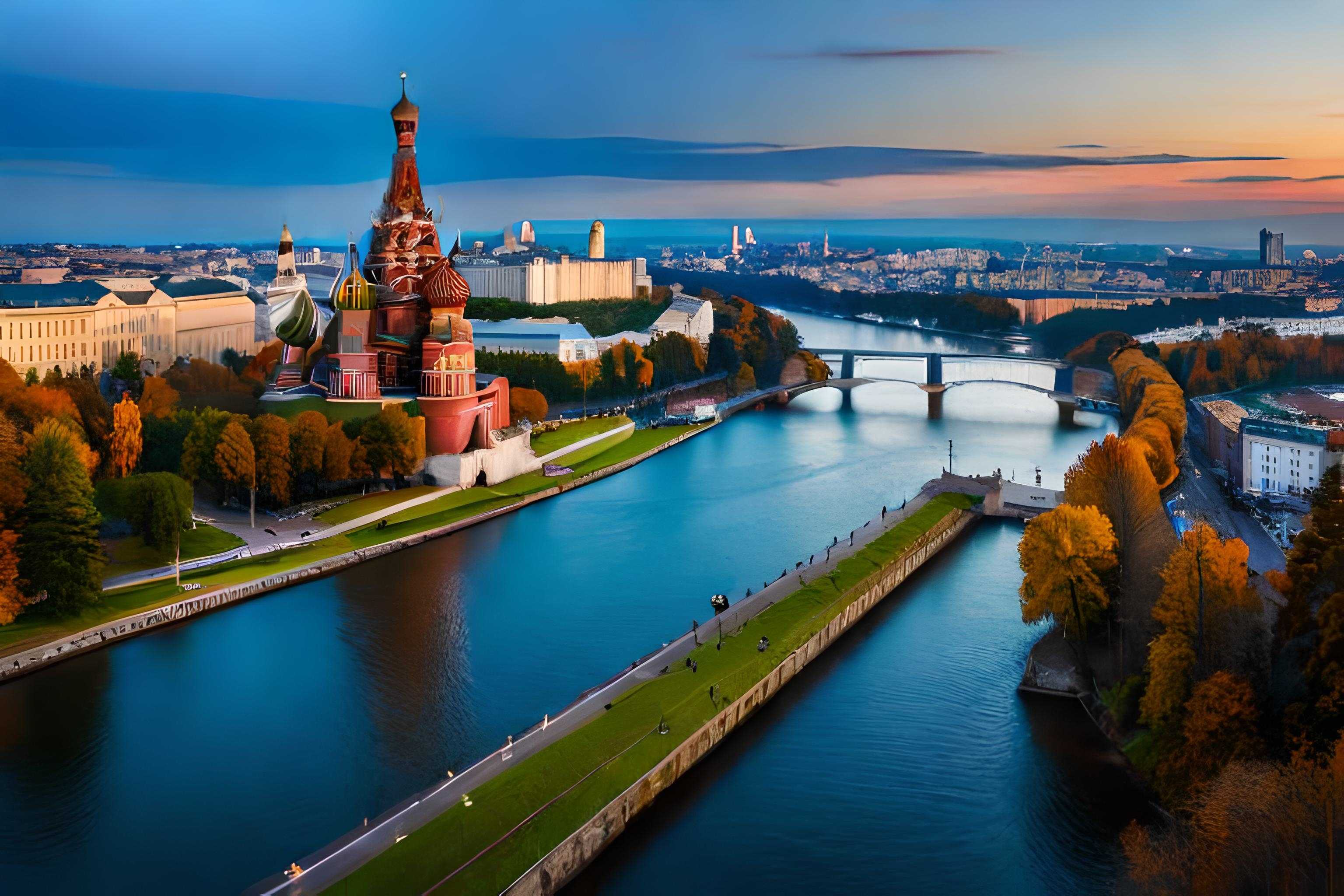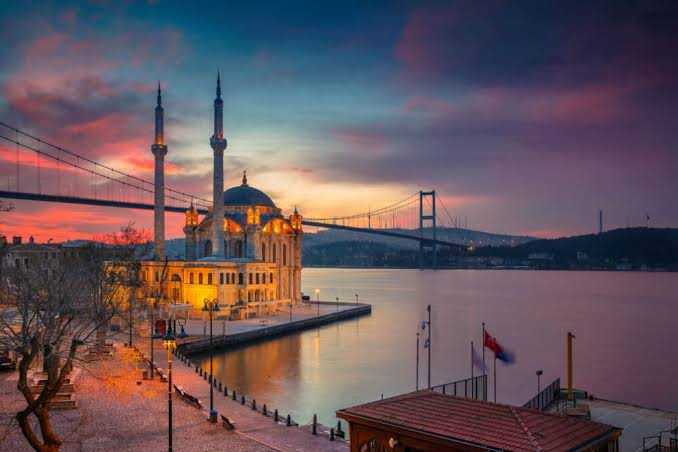What We Cannot Say Shapes Who We Are: The Power of Silent Thought in Iran
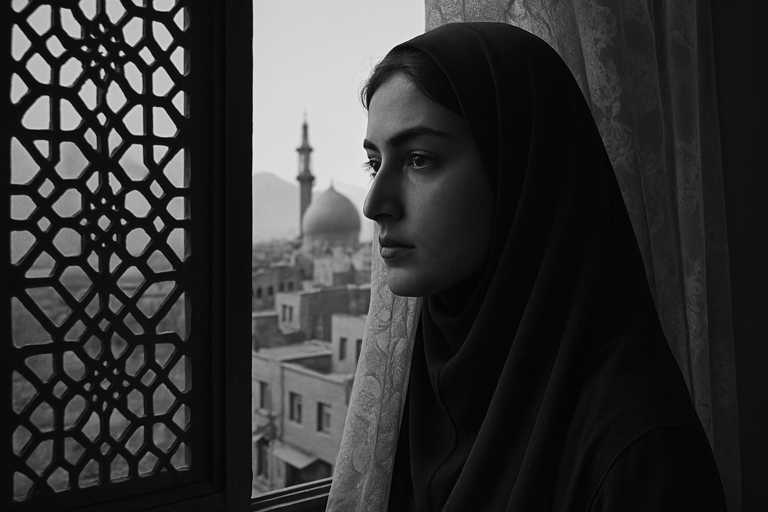
In some countries, words flow freely. In others, speaking a single word can feel like trespassing on sacred ground. In Iran, a sentence doesn’t have to be spoken aloud to be understood as dangerous. Over time, silence itself becomes a survival strategy—less about absence, more about resistance.
Yet this silence is not empty. In fact, in Iran, silence speaks. It pulses with emotion, with thought, with memory. What cannot be said is not forgotten—it is translated. Into rhythm, into brushstroke, into gaze. Into the subtle choreography of living a life under watch. In this context, silent thought becomes one of the most resilient political languages of the modern era.
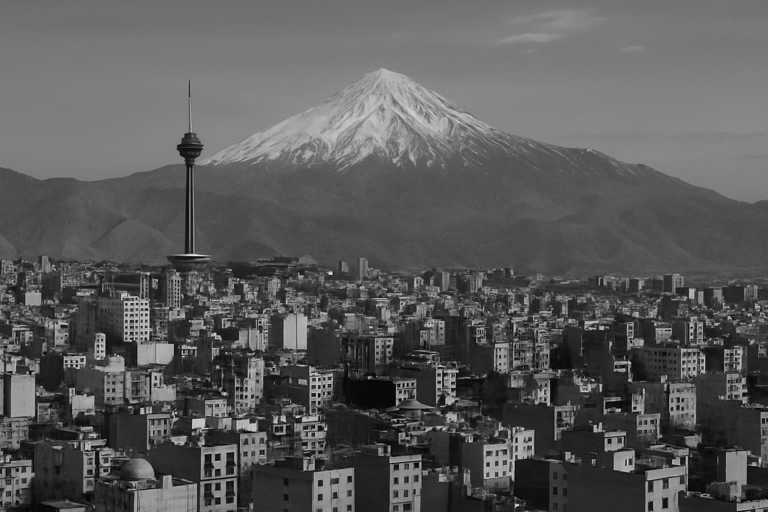
A Culture Shaped by What It Cannot Say
Iran’s rich historical and cultural tapestry, punctuated by revolution, repression, and resilience, has created a complex environment for self-expression. The post-1979 Islamic Republic established a rigid framework for public discourse—restricting not just speech but thought itself. And yet, precisely within these limitations, a unique language of resistance has emerged.
From Tehran’s galleries to underground bookstores in Shiraz, Iranian artists, musicians, and writers have found coded ways to express what official narratives cannot hold. Every canvas, every lyric, every camera angle in an Iranian film becomes an act of storytelling without words. In a society where censorship reigns, metaphor becomes a necessity. Symbolism, once the domain of poetry, becomes survival.
This cultural resilience has helped shape Iran’s global reputation as a land of profound creative defiance. Its cinema, renowned for subtlety and psychological depth, thrives on what is left unsaid. Its literature, deeply interwoven with the legacy of Hafez and Rumi, offers coded insights into life, love, and loss under constraint.
Women as Silent Architects of Social Commentary
Perhaps nowhere is the expression-through-silence more striking than in the daily experiences of Iranian women. Their appearance, their presence, even the tilt of their headscarf—all carry layers of meaning.
The veiled woman in Iran is not a blank canvas; she is an artist in constant negotiation with her identity and space. What she wears, how she moves, where she walks—these are subtle but powerful statements in a world that closely monitors femininity.
In recent years, the rise of social media has allowed more Iranian women to share these statements with a global audience. Despite internet restrictions and censorship, platforms like Instagram and Telegram have become quiet battlegrounds for freedom of expression—places where an eyebrow raised or a lock of hair shown becomes a political act.
Censorship, Isolation, and the Digital Underground
Iran’s geopolitical isolation has further complicated these internal dynamics. Long-standing sanctions, deteriorating diplomatic ties, and information controls have pushed its population inward, creating a paradoxical condition: isolation that fuels introspection.
Yet with VPNs and mirror sites, Iranians have built a digital underground for thought and dialogue. Blog culture, private forums, and encrypted conversations have become spaces where individuals can share, reflect, and resist—quietly.
Within these digital pockets, global trends like mindfulness, mental well-being, and slow living are reframed through an Iranian lens. Iranian users don’t merely follow global wellness trends—they adapt them to contexts where even emotional vulnerability can be politicized.
Searches for terms like “how to stay mentally strong under pressure,” “art therapy for trauma,” or “self-expression in closed societies” are surging, often aligning with increasing global curiosity about how individuals maintain identity in authoritarian settings.
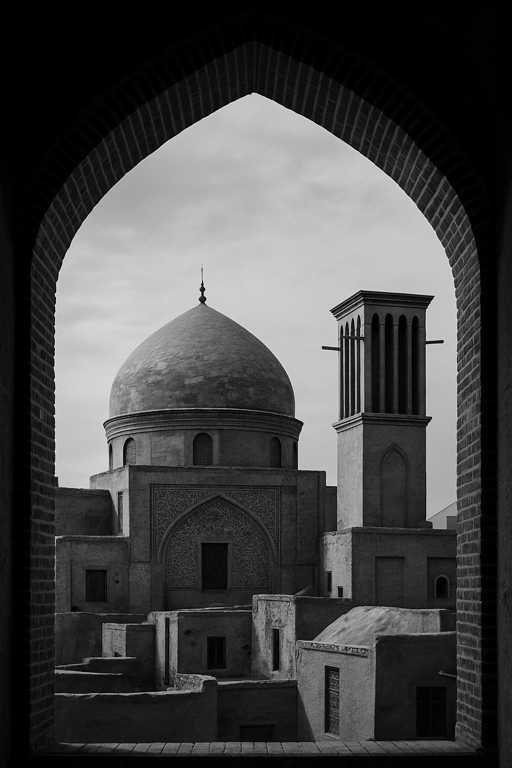
Art as the Archive of Suppressed Memory
In a country where history itself is often contested, art becomes the archive of unspoken memory. A song banned from radio airplay becomes an anthem online. A film screened in secret attics circulates on USB drives across borders. A photograph, never published in print, becomes iconic on encrypted channels.
These artifacts do more than just reflect Iran’s internal tension—they encode it. The most powerful political messages in Iran are not shouted in protests—they are whispered in verse, painted in silence, filmed in shadows.
This is not weakness. It is artistry under pressure. Resilience not in resistance alone, but in regeneration—in the creation of something meaningful, even while surrounded by constraint.
A New Generation of Listeners and Thinkers
What’s emerging is a generation that knows how to read between lines, how to speak in silence, how to resist without shouting. This is a generation of quiet rebels, shaped not by slogans but by stillness.
They don’t need to escape Iran to question it. They don’t need to fight to rethink it. Their revolution is interior. Their power lies in reclaiming their minds from the noise. They are redefining what it means to be free in a country where freedom is rarely spoken of, but deeply desired.
The new wave of Iranian thinkers, artists, and everyday citizens isn’t waiting for permission to express themselves. They’re creating micro-climates of honesty, intimacy, and clarity within their own lives. Their tools? Poetry, film, private gatherings, encrypted group chats. Their weapon? The refusal to forget.
Silence Is a Global Language
To understand Iran today, one must not only listen to what is said, but to what is not. To understand its people is to understand the emotional literacy of survival—how trauma is carried without bitterness, how love is exchanged without permission, how humor endures without approval.
In Iran, silence is not absence. It is a different kind of presence.
And what we cannot say—often, more than what we can—shapes who we become.

